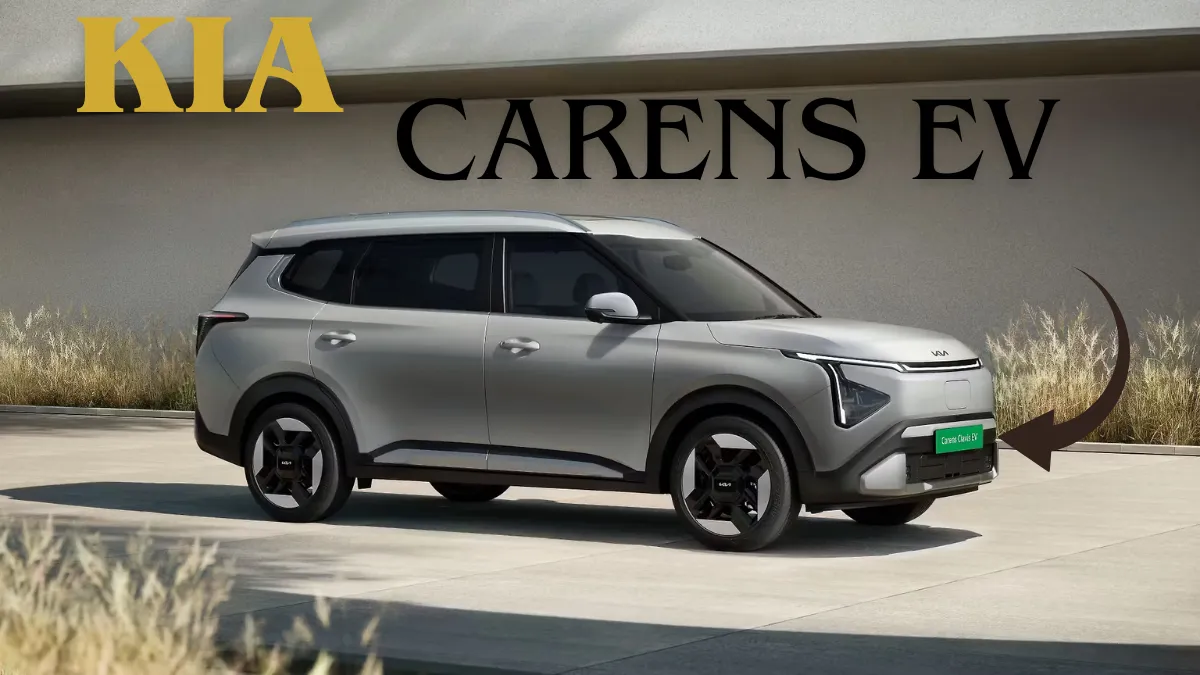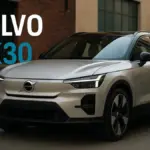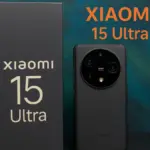Kia Carens EV, As India steadily accelerates its shift toward electric mobility, automakers are responding with advanced EV offerings that combine practicality, affordability, and innovation. Among the most anticipated entrants in this evolving space is the Kia Carens EV—an all-electric iteration of the brand’s popular MPV, redesigned to suit modern families while embracing sustainable technology.
A Fresh Take on a Trusted Name
The Carens nameplate has been synonymous with versatility and family-friendly features since its launch. Known for its spacious cabin, comfort-oriented ride, and practical layout, the Carens has long been a favorite in the Indian MPV market. Now, Kia is reimagining this trusted vehicle with an electric heart, catering to consumers who demand eco-conscious transportation without compromising utility or design.
The Carens EV promises to be more than just an electric version of its internal combustion engine (ICE) counterpart. It is expected to carry unique EV-specific design changes, improved aerodynamics, and a refined interior layout built around Kia’s latest electric architecture.
Design and Exterior Highlights
While Kia has maintained the familiar silhouette of the Carens to preserve its identity, the EV version is likely to feature subtle enhancements that distinguish it from its ICE sibling. These may include a closed-off front grille, revised bumpers, full-width LED light bars, and aero-optimized alloy wheels—all of which not only enhance aesthetics but also contribute to better range efficiency.
The Carens EV is expected to ride on the same platform as the regular model but slightly modified to accommodate the battery pack and electric drivetrain. This will likely result in a slightly raised floor but without compromising interior space—a critical factor for Indian families.
Interior and Features
Kia is renowned for its attention to cabin quality, and the Carens EV is expected to deliver a tech-rich, premium experience. The vehicle is likely to come with a large infotainment touchscreen with the latest UI, a fully digital instrument cluster, wireless connectivity, ventilated seats, ambient lighting, and possibly even a sunroof.
One of the key highlights could be its flexible seating configuration, possibly offered in both 6-seater (with captain seats) and 7-seater variants. Ample legroom, headroom, and thoughtful storage options will make it a strong contender in the family EV segment.
Battery, Range, and Charging
While official figures are yet to be confirmed, the Kia Carens EV is expected to be powered by a battery pack with a capacity of around 45–50 kWh, offering a driving range in the vicinity of 350–450 km on a single charge under standard testing conditions. This range positions it as a viable option for both urban commuting and occasional outstation travel.
Fast charging support will likely be included, allowing the battery to be charged up to 80% in under an hour at compatible charging stations. Additionally, home charging via a wall box charger could fully replenish the battery overnight.
Performance and Driveability
The electric powertrain is expected to deliver instant torque and smooth acceleration, which will be a significant upgrade from the petrol and diesel versions. Like other Kia EVs, the Carens EV is expected to offer multiple driving modes—Eco, Normal, and Sport—allowing drivers to tailor performance based on need and road conditions.
The suspension and chassis tuning may also see revisions to manage the added weight of the battery while ensuring a comfortable ride, especially for Indian road conditions.
Launch Expectations and Market Position
The Kia Carens EV is expected to launch in India by early to mid-2026, following testing and homologation. Once released, it will likely sit between compact EVs and premium electric SUVs in terms of pricing, making it a sweet spot for families looking for a spacious electric vehicle.
With increasing government incentives, growing charging infrastructure, and rising fuel costs, the Carens EV is set to become a key player in India’s EV transformation.







